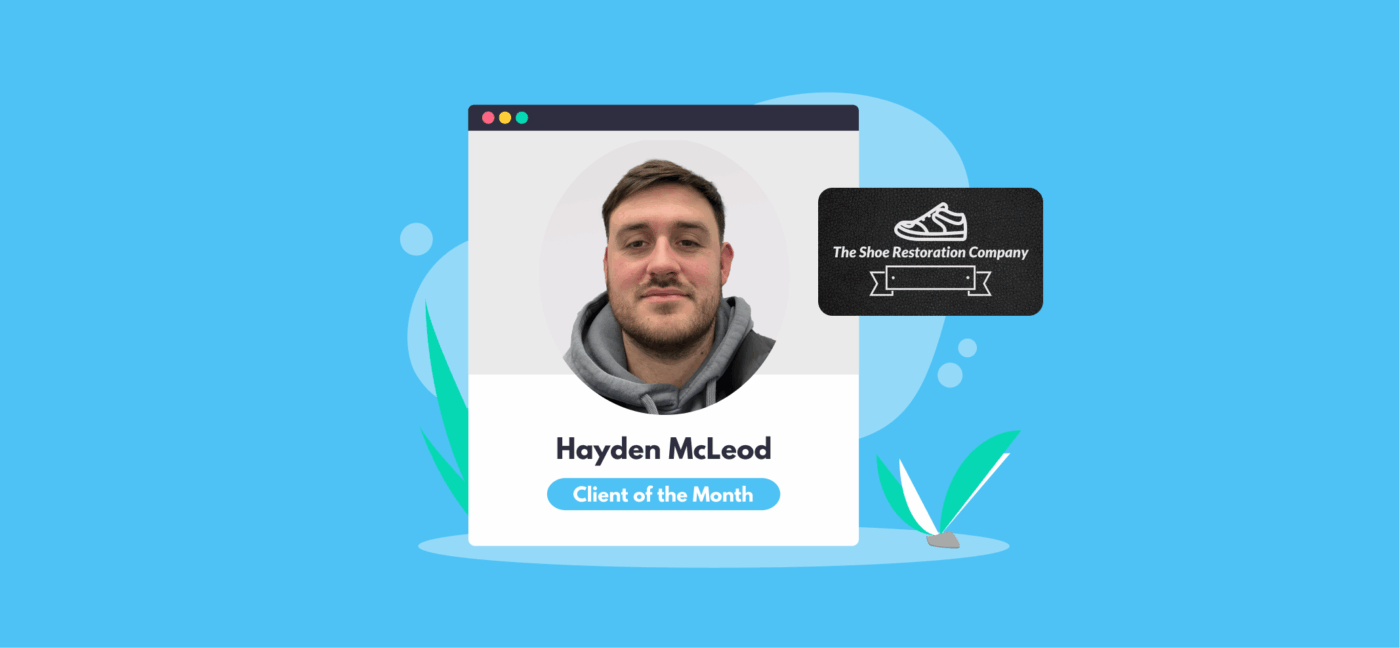Pensions and Auto Enrolment for Employers
Employers weren’t always required to offer a workplace pension to their employees if they didn’t want to but, concerned that not enough people were saving for retirement, the Government introduced auto-enrolment rules for pensions back in 2012. The rule change means employers must set up workplace pension schemes for staff, and auto-enrol anyone eligible.
What is a workplace pension?
Not to be confused with the state pension, workplace pensions are arranged by employers. Whilst most people will qualify for some sort of State Pension once they reach State Pension age, it’s no secret that the UK has one of the lowest state pension rates in Europe. The UK government introduced workplace pensions to try and solve this.
Eligible staff are automatically enrolled into the pension scheme by their employer, though they can opt out if they want to. Once signed up, employers deduct pension contributions from employee’s wages, and pay them into the scheme on their behalf along with their own contribution.
What is auto-enrolment?
Like the name suggests, auto-enrolment means that eligible employees are enrolled into a workplace pension scheme automatically, with an option to then opt out if they want to.
Employees who opt out will be automatically re-enrolled every three years (although they can still opt out each time).
From your employees’ point of view, choosing to pay into a pension is a personal decision and will often depend on their financial situation at the time. Many will be happy to pay in, while others may decide to opt out for a while, or at least until their circumstances change. Some will never opt in at all.
The important thing is that as an employer, you make sure you meet your obligations in giving them a choice.
What happens if an employee opts out of a workplace pension?
If an employee decides they do want to opt out, they have 1 month from the date they are automatically enrolled to do so, and any contributions they’ve already made will be refunded back to them.
If the employee opts out after a month has passed, the contribution(s) will stay in their pension pot, so it’s worth making sure staff members are aware of this early on. If they do decide to opt out, they can ask to re-join in future if they want to.
Even if an employee doesn’t ask to re-join, employers will normally put them back into a scheme every three years. They can decide again whether they want to join or not, but it means that door stays open.
Who needs to set up a workplace pension?
You must legally provide a workplace pension scheme if you’re running a business and employing staff. Auto-enrolment rules are only in place to determine who must be enrolled automatically, but employees can still choose to join the scheme even if they don’t meet the criteria for auto-enrolment.
If you’re a UK-based employer and meet the following criteria, providing a workplace pension scheme is compulsory:
- You have one or more employees aged between 22 and State Pension age
- Your employee(s) earn more than £10,000 per year
- Your business operates in the UK and each worker has a contract of employment
- Your employees ‘ordinarily’ work in the UK
Employees who meet the criteria above are eligible for auto-enrolment, so you’ll need to add them to your workplace pension scheme. That said, exceptions can sometimes apply, such as directors who don’t employ any staff.
Are part-time employees eligible for auto-enrolment?
Auto-enrolment rules aren’t just for full-time employees, and the rules also include part-time workers, short-term contracts, and anyone on parental, maternity, adoption, or carer’s leave.
Can employees join a pension scheme even if they’re not covered by auto-enrolment?
Yes, they can. Your workplace pension scheme should be open to any employee who wants to opt-in, even if they’re not automatically eligible under auto-enrolment rules. For instance, a member of staff who earns less than £10,000 can still opt in.
When do I not need to auto-enrol an employee?
You don’t need to auto-enrol an employer into your workplace pension scheme if they:
- Have already given notice to say that they’re leaving their job, or you’ve given them notice to leave the business
- Opted out of a pension arranged by you as their employer more than 1 year before their staging date
- Have already taken a pension which you arranged for them, that meets the automatic enrolment rules
- Can demonstrate that they have lifetime allowance protection (this is usually a certificate from HMRC)
- Receive a one-off payment from a workplace pension scheme that is now closed (a ‘winding up lump sum’), and then leave and rejoin the same job within 1 year of receiving the payment
- Are from an EU member state and have already joined an EU cross-border pension scheme
How much are employer pension contributions?
Employers must start making pension contributions for any employee earning more than £6,240. Both employers and employees must make contributions at a minimum rate, worked out as a percentage of the employee’s pensionable earnings (what they earn before tax between £6,240 and £50,270 a year):
- Employees pay at least 5%
- Employers pay a minimum of 3%
Can I pay more than the minimum contribution into a workplace pension?
Some employers choose to make higher pension contributions as a recruitment and staff retention tool, and it can help you keep hold of your best talent.
Employees can also pay more than the minimum, but there may be tax implications for saving more than the annual allowance (£60,000 for the 2025/26 tax year) into a pension during a tax year.
How do I set up a workplace pension?
In very basic terms you’ll need to choose your pension provider, and assess your workforce. You must have a workplace pension in place as soon as your very first employee starts work. This is referred to as your ‘duties start date’.
Choosing a workplace pension provider
The most common sort of workplace pension is a defined pension scheme, and these are divided into two types: defined contribution pension schemes, and defined benefit pension schemes. So, what’s the difference?
| Defined Contribution Pension Schemes | Defined Benefit Pension Schemes |
| This type is the most common. The employer and employee both pay in, with the employee’s share taken from their salary every month. | Again, with this type of pension, both employers and employees contribute each month. |
| The pension provider invests the money, so your worker’s ‘pot’ could go up or down in value. The more money is paid into the pension, the better off your employee will be in retirement.
Unless there’s a scheme manager in place, the employee will choose their own level of risk with their pension fund. |
The amount an employee gets when they come to retire depends on two things:
|
| A defined contribution pension scheme will typically be suitable for auto-enrolment. | Unlike defined contribution pension schemes, defined benefit schemes are much less likely to take on any new employees for auto-enrolment. |
There are a few really key questions you should ask your pension provider before agreeing to anything.
- Who manages the pension? Will employees be responsible for managing their pension (i.e., can they choose where their contributions are invested), or will there be a scheme manager to do it for them?
- What are the fees and charges? Pension providers generally take a fee as a percentage of the whole pension pot each year. Many will also charge an annual management fee, typically of around 0.3%.
- Where is the money invested? Where will the money actually go? Will it be invested in cash, shares, stocks, or property for example?
- Is there a limit to how many employees you can add? It’s worth going for one with either a very high limit, or no limit at all. After all, your organisation will hopefully grow over the years, so you need to make sure you won’t hit problems.
Assessing your workforce
What type of workers do you employ? For the purposes of pensions, businesses generally have three different types of workers:
- Eligible jobholders
- Non eligible jobholders
- Entitled workers
Each of your employees will likely fall into one of these categories, and it’s your responsibility to give The Pensions Regulator evidence of every one of them. The only time you don’t need to worry about enrolling a worker onto your company scheme is if they are an external worker, and not directly employed by your business – such as an agency worker or freelancer, for example.
What are eligible jobholders?
Eligible jobholders are over the age of 22, earn more than £10,000 a year, and are contracted to work in the UK.
All eligible job holders must be auto enrolled into a pension scheme by the time they start working for you, but they can opt out within 30 days if they want to. Having said that, as a reasonable and responsible employer it’s important you make them aware of the pension scheme’s benefits so they can make an informed decision.
As part of their initial auto-enrolment, you also need to explain to them:
- How much they will individually contribute to their pension from their earnings
- How much you, as their employer, will be paying in (this must be a minimum of 3%)
- What tax relief will be applied by the government
- How they can opt out if they want to
Your pension provider will confirm all this information for you, but it’s important to communicate the details of the scheme to your staff, and keep everything transparent.
If an eligible jobholder decides to opt out, then the auto-enrolment process must be repeated after three years. They’ll have the opportunity to opt out again, and the process will continue to repeat on a 3-yearly basis.
What is a non-eligible jobholder?
A non-eligible jobholder will normally be earning between £6,240 and £10,000 a year, and aged either between 16 and 21, or between state pension age and 74. Like eligible jobholders, they may also be contracted to work in the UK.
Non-eligible jobholders don’t need to be automatically enrolled onto your workplace pension, but you must still pass on as much information as possible about opting in, or about how they can contribute to a separate pension scheme instead.
If they do decide to pay into the auto-enrolment workplace pension, you must make employer contributions exactly as you would for eligible jobholders.
Your employees’ status can change over time, so someone who wasn’t originally subject to auto-enrolment might eventually qualify – for example, if they turn 22 whilst working for you, or have a pay rise which qualifies their earnings.
Who is classed as an entitled worker?
Entitled workers are employees who can pay into a company pension, but who won’t be automatically enrolled. They will be contracted to work in the UK, and will also usually be earning less than £6,240 a year, and aged between 16 and 74.
It isn’t mandatory to enrol an entitled worker, though you should make it clear they’re welcome to join the pension scheme if they want to. This could be the same pension scheme used for other employees, or it could be a different one.
The big difference here though is that you can choose to contribute to an entitled worker’s pension, but it isn’t compulsory. If you would like to make contributions, make sure you look out for a pension scheme which lets both you and your worker pay in.
Need help with any aspect of workplace pensions or auto-enrolment? Get in touch with the team by calling 020 3355 4047 and get an instant online quote.
Want to learn more?
Subscribe to our newsletter to get accounting tips like this right to your inbox

Read more posts...

August 2025 Client of the Month: The Shoe Restoration Company
1st September 2025This month we spoke to Hayden, founder of The Shoe Restoration Company. The Shoe Restoration Company | Facebook | Instagram Hey Hayden!…
Read More
The Accountancy Partnership – Our Positive Reviews
18th August 2025We’re proud of our customer reviews here at The Accountancy Partnership The reviews we receive from our customers show how hard we…
Read More
Accounting for Gift Cards
12th August 2025Gift cards can be a tricky concept to get your head around. Whilst it means cash for your business, it’s not actually…
Read MoreConfirm Transactions
The number of monthly transactions you have entered based on your turnover seem high. A transaction is one bookkeeping entry such as a sale, purchase, payment or receipt. Are you sure this is correct?
Please contact our sales team if you’re unsure
VAT Returns
It is unlikely you will need this service, unless you are voluntarily registered for VAT.
Are you sure this is correct?
Call us on 020 3355 4047 if you’re not sure.
Bookkeeping
You will receive our bookkeeping software Pandle for free, as part of your package.
You can use this to complete your own bookkeeping, or we can provide a quote to complete your bookkeeping for you.
Please select and option below:
Call us on 020 3355 4047 if you’re not sure.

